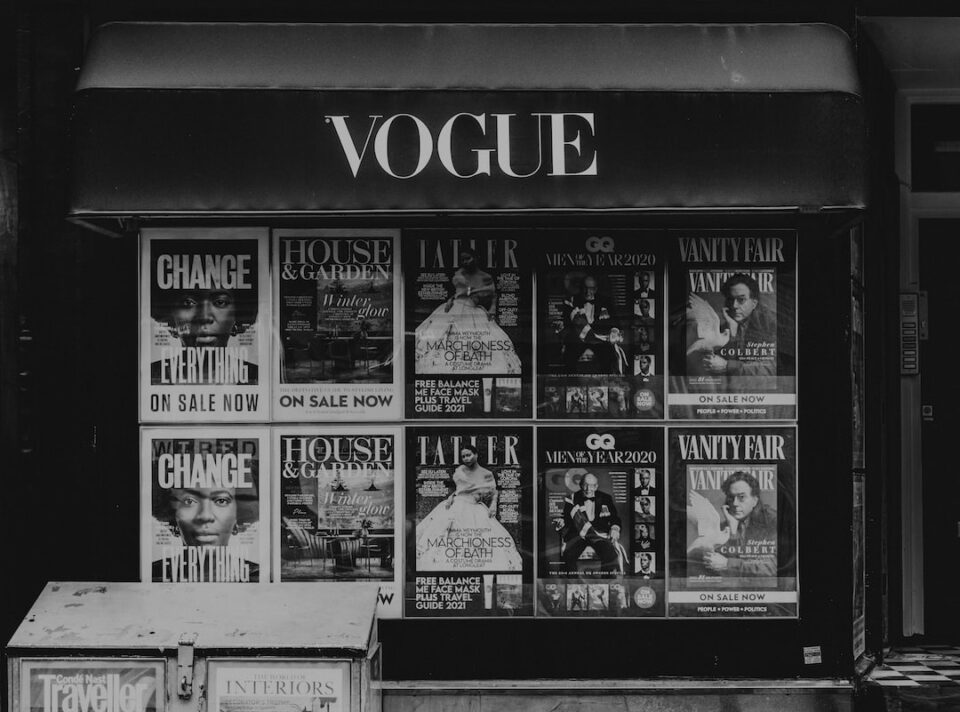The Rise of Streetwear: How Urban Fashion Became Mainstream
In recent years, a cultural shift has occurred within the fashion industry, and urban fashion has become a dominant force in mainstream culture. What was once considered niche and exclusive to urban communities has now become a global phenomenon. This rise of streetwear has revolutionized the fashion industry and has made a significant impact on the way people dress and express themselves.
The origins of streetwear can be traced back to the 1970s and 1980s in urban communities such as New York City and Los Angeles. It was an expression of individuality and rebellion against traditional fashion norms. Brands like Adidas, Nike, and Puma began to emerge, catering to the growing demand for clothing that represented the urban lifestyle. In the early days, streetwear was predominantly associated with hip-hop and skateboarding cultures.
However, it wasn’t until the 2000s that streetwear truly began its rise to the mainstream. Key players in the industry such as Supreme, BAPE, and Off-White started to gain international recognition, pushing streetwear beyond its subcultural origins. The growth of the internet and social media played a significant role in this expansion, allowing streetwear brands to reach a global audience and connect with fans worldwide.
One of the defining characteristics of streetwear is its emphasis on exclusivity and limited-edition releases. Many streetwear brands collaborate with artists, musicians, and designers, creating hype and demand for their products. This scarcity marketing strategy has created a culture of “drops” where new collections are released sporadically, often accompanied by long lines and high resale prices. This exclusivity has attracted a devoted following, with some enthusiasts even camping outside stores for days, desperate to get their hands on the latest pieces.
Celebrities, influencers, and athletes have also played a crucial role in the rise of streetwear. Their endorsement and affiliation with streetwear brands have further propelled its popularity. Throughout the years, we have witnessed collaborations between high-profile celebrities and streetwear brands. Kanye West’s partnership with Adidas for his Yeezy line, and Rihanna’s collaboration with Puma are just a few examples of the crossover between streetwear and the mainstream.
Streetwear’s influence has extended beyond clothing and has infiltrated other industries as well. Streetwear aesthetics can be seen in high-fashion runways and luxury brands, blurring the lines between high-end fashion and urban style. Designers are now incorporating elements such as oversized hoodies, graphic prints, and sneaker-inspired footwear into their collections. Streetwear has become a driving force shaping the fashion industry, challenging traditional notions of what is considered “fashionable.”
Furthermore, the rise of streetwear has had a profound impact on the retail landscape. Streetwear boutiques have popped up in major cities worldwide and have become cultural hubs for enthusiasts. These stores often offer limited-edition releases, collaborations, and exclusive merchandise, creating a sense of community among streetwear aficionados. Online marketplaces have also adapted to cater to the demand, with websites and apps dedicated solely to buying and selling streetwear.
But what is it about streetwear that has captivated the masses? The answer lies in its ability to capture the spirit and energy of contemporary culture. Streetwear embraces diversity, inclusivity, and self-expression. It allows individuals to align themselves with a specific subculture, whether it be skateboarding, hip-hop, or any other urban movement. The aesthetic appeal, comfort, and versatility of streetwear have made it a go-to choice for people of all ages and backgrounds.
As streetwear continues to dominate the fashion scene, it is important to recognize its roots and the communities from which it emerged. Urban fashion has always been a form of self-expression and resistance, providing a voice to underrepresented groups. The rise of streetwear is not only a testament to its commercial success but also a symbol of the cultural shift happening in society.
In conclusion, the rise of streetwear from its humble beginnings in urban communities to its global domination is a testament to its cultural relevance and appeal. Its blend of authenticity, exclusivity, and self-expression has resonated with individuals across the world. Streetwear has become a powerful force in shaping mainstream fashion and culture, and its influence is unlikely to wane anytime soon.

